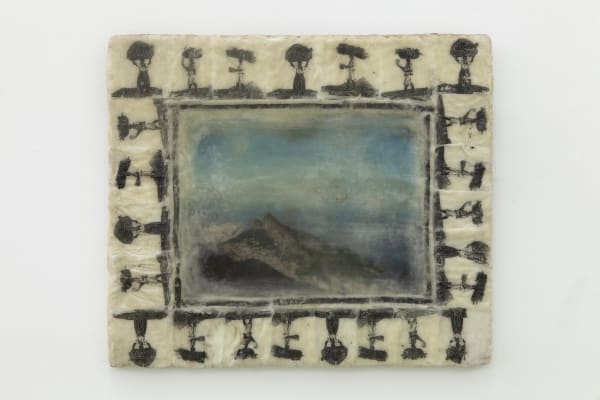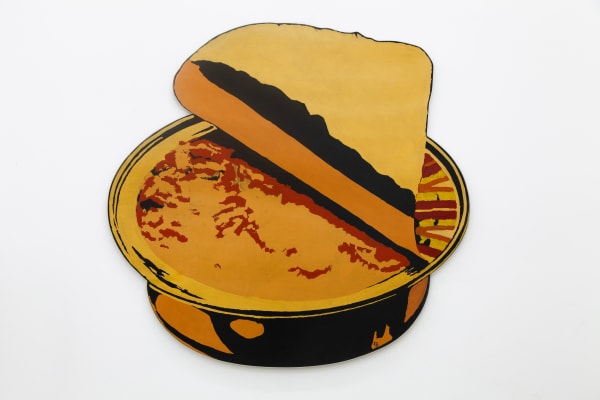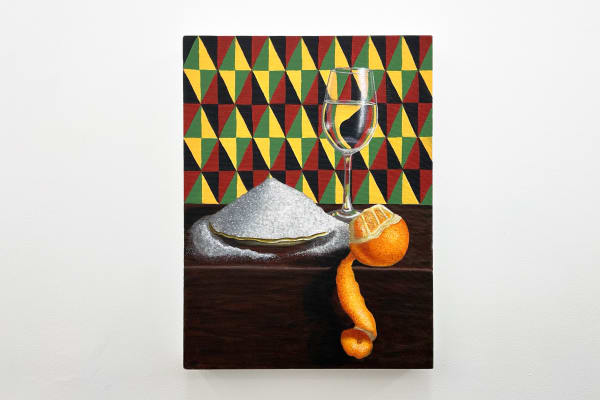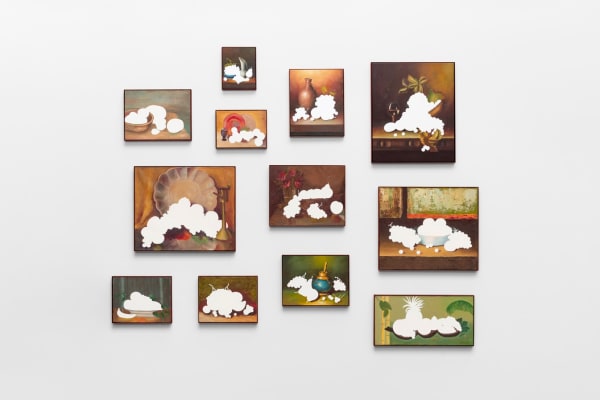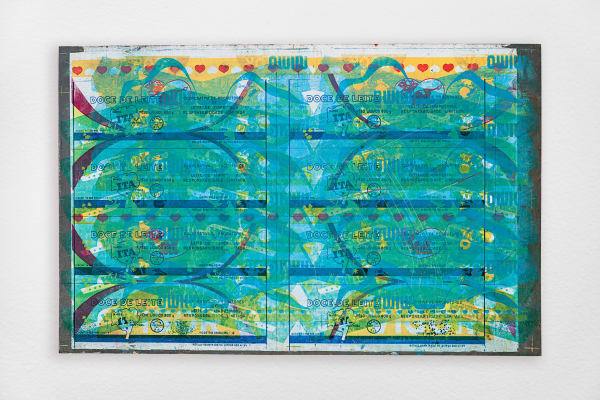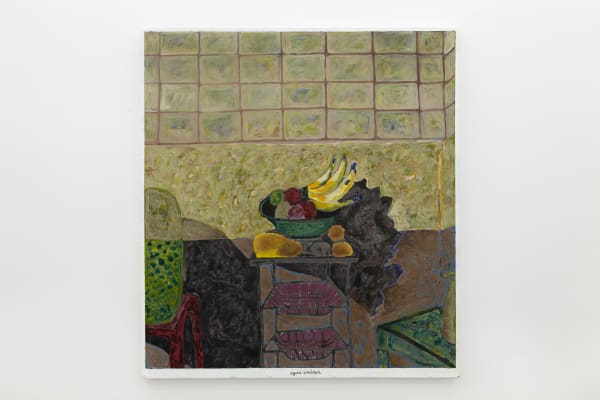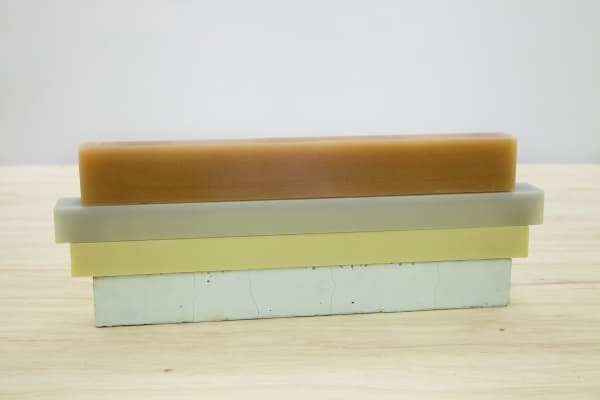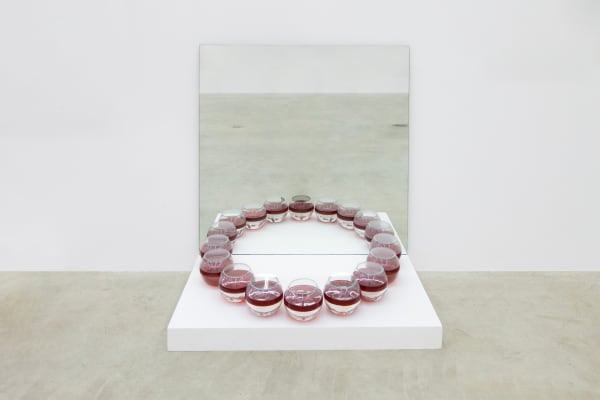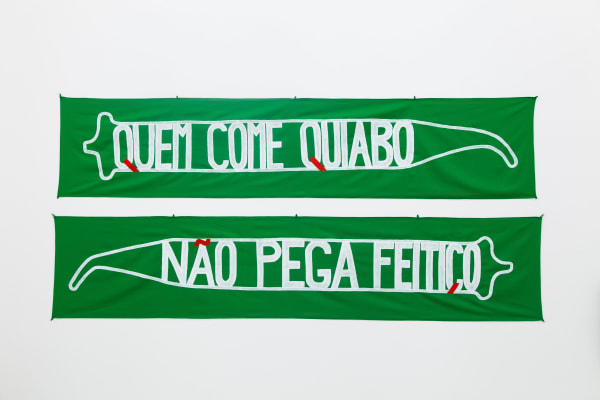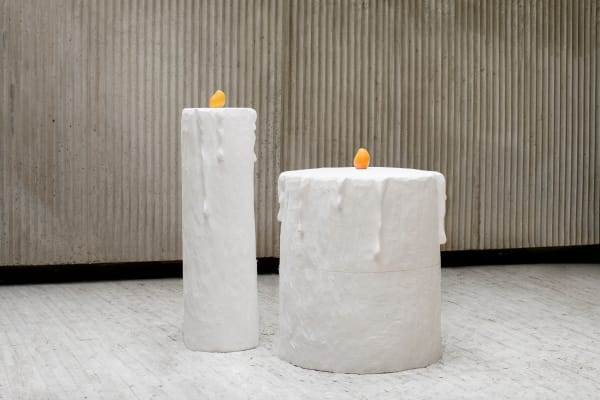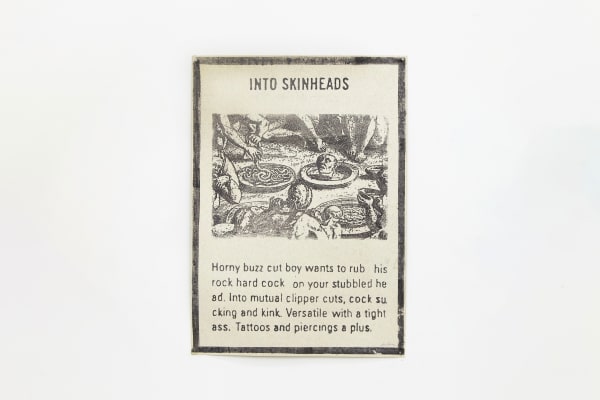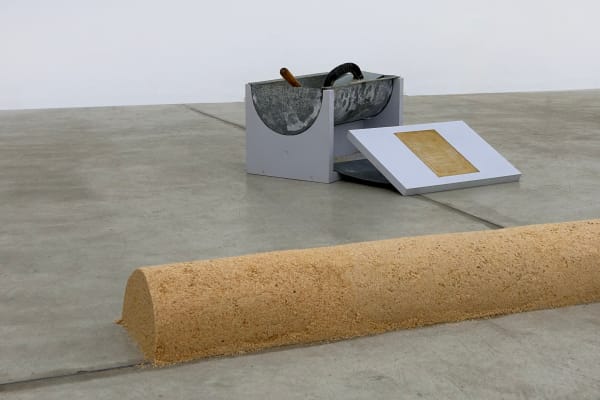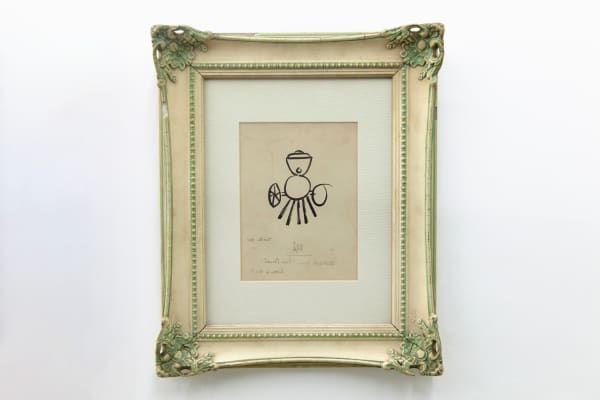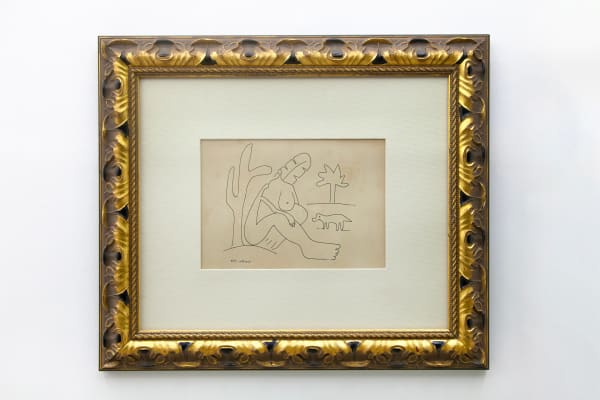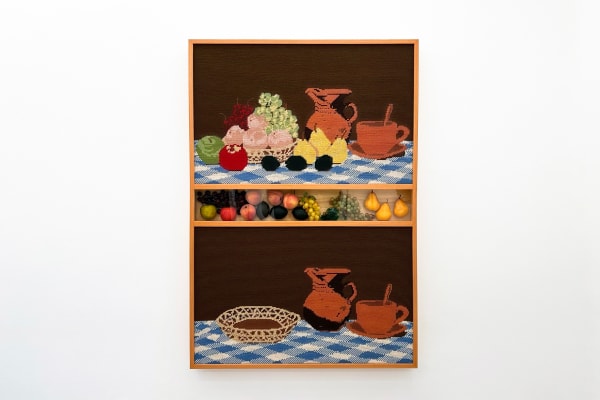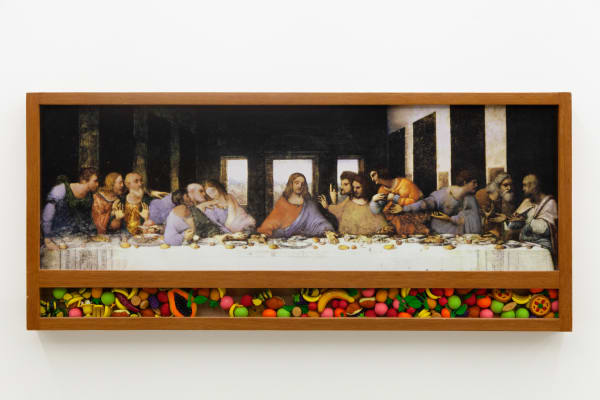Necessidade Vontade Desejo
This is not an exhibition about food, but about how it is possible to look at and build worlds from it. As far back as prehistoric times, some of the most common depictions found in cave paintings were hunting scenes, with the animals that were killed or that were the wish of a kill. In the Middle Ages, food was depicted as part of the scenery for realistic religious paintings. It was not until the establishment of the still life as an artistic genre in the 16th century that the table set with fruit, flowers, meat and dead animals, slaughtered for consumption, as well as jars, glasses and silverware, took over the foreground of the canvas. At a time when much of the artistic production was focused on great achievements and historical and religious figures, with paintings of battles, portraits, and landscapes, still lifes brought forward elements of everyday life, from a domestic environment.
Initially seen almost as opportunities to exercise perception and painting techniques, still lifes and the use of or references to food have gained increasing autonomy and complexity throughout the history of art. Back in the 16th century, the Italian painter Giuseppe Arcimboldo was known for creating portraits based on elements such as fruits, vegetables, and flowers. In the second half of the 19th century, the Brazilian painter Estêvão Silva was the first black artist to gain prominence in the Imperial Academy of Fine Arts, presenting his still lifes with pieces of the fruit depicted behind the paintings, perfuming the environment and drawing attention to the sensory dimension of perception. During the restlessness of modern art production, the French poet Guillaume Apollinaire published his ideas on culinary cubism in 1913, later renamed gastroastronomism, proposing dinners that were artistic experiments conceived outside the conventions of big dinners, so as to provoke physical and sensory reactions. Almost two decades later, in 1932, the Italian futurist Filippo Tommaso Marinetti published La cucina futurista, provoking the public with his "crusade against the masses," and promising to expand minds and audiences with his totally unusual recipes. In contemporary production, Pop Art's interest in the dynamics of advertising and consumption has unavoidable milestones, which include the Campbell's Soup Cans by Andy Warhol and Claes Oldenburg's large sculptures of fast food.
Necessity Will Desire is not an exhibition about food, but about how it is possible to look at the world from its perspective. The works gathered here share references to a culinary/gastronomic universe in order to take us far beyond it. Collectively, almost 30 artists from different generations address social, artistic, geopolitical, religious, economic, and historical possibilities for this interpretation. Talking about food means thinking about ways of producing, distributing, preparing, and consuming. Where it comes from and who does or does not have access to it. And why. Food as something that sustains the present, keeps the past alive and creates possible futures. It is on the plate, but also in idioms, the figurative sense, slang, and popular sayings. It is what awakens perception and instinct. It is what makes you ogle, what grabs you by the mouth, what makes you salivate, what gets stuck in your throat, what makes your stomach turn.
Fernanda Lopes
![Cildo Meireles Inserções em circuitos ideológicos: 1. Projeto Coca-Cola, 1970 Etiquetas impressas sensíveis à pressão em três garrafas de vidro comerciais [Printed pressure-sensitive labels on three commercial glass bottles] Dimensões variáveis [Variable dimensions]](https://artlogic-res.cloudinary.com/w_800,h_800,c_limit,f_auto,fl_lossy,q_auto/artlogicstorage/galeriaathena/images/view/7ea877177efdeaeb7781f367917c32dcj/galeriaathena-cildo-meireles-inser-es-em-circuitos-ideol-gicos-1.-projeto-coca-cola-1970.jpg)






